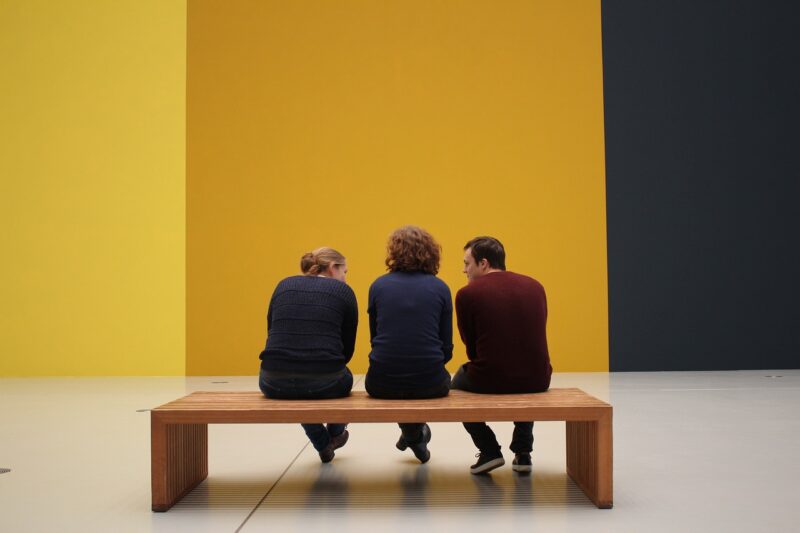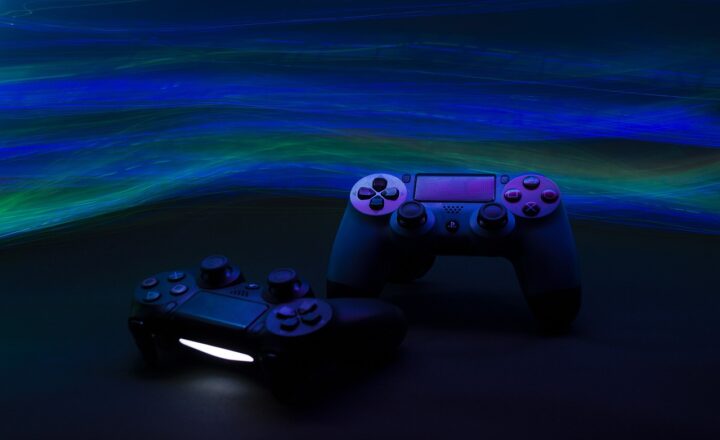How Modern Art Is Breaking Boundaries in Creative Expression
November 14, 2024

Modern art has emerged as a powerful medium, redefining the ways we perceive creativity and expression. It serves not only as a platform for artists to showcase their talent but also as a reaction to the complexities of contemporary life. The evolution of modern art reflects our evolving culture, striking a balance between tradition and innovation.
1. Defining Modern Art
Modern art generally refers to artistic works produced from the late 19th century to the mid-20th century, marked by a spirit of experimentation and a rejection of established conventions. This period saw the emergence of various movements such as Impressionism, Cubism, Dadaism, and Surrealism, each contributing unique philosophies and styles to the art world.
What distinguishes modern art from classical art is its focus on form, color, and emotion, rather than realistic representation. Artists often experiment with unconventional materials and techniques, breaking the boundaries of traditional artistic forms.
2. Themes and Influences in Modern Art
The themes explored in modern art are reflective of society’s changes during the time. Influences from society, politics, and technology play a crucial role in shaping modern artistic expressions.
– Social Commentary: Many modern artists use their work to address social and political issues. For example, the Dada movement arose as a response to the horrors of World War I, using absurdity and provocation to challenge societal norms.
– Exploration of Identity: Modern art emphasizes the subjectivity of experience. Artists like Frida Kahlo explore personal struggles and identity in their work, pushing the limits of how these themes are visually represented.
– Technological Advancements: The rise of technology has broadened the horizon for modern art. Digital art forms, such as graphic design and multimedia installations, allow artists to explore new frontiers in visual expression.
3. Breaking Boundaries: Key Movements
Several modern art movements have notably pushed the boundaries of creative expression:
– Abstract Expressionism: Emerging in the post-World War II era, this movement focuses on spontaneous, automatic, or subconscious creation. Artists like Jackson Pollock and Mark Rothko challenge the viewer’s interpretation, emphasizing emotion over clear representation.
– Surrealism: Influenced by the subconscious mind, surrealism blends dream imagery and reality. Artists, such as Salvador Dalí, create works that defy logic and explore themes of imagination and the human psyche.
– Conceptual Art: This movement asserts that the idea behind the artwork holds more value than the finished product itself. Artists like Marcel Duchamp famously transformed everyday objects into art, fundamentally questioning what constitutes creativity and artistic merit.
4. Modern Art and Cultural Reflection
Modern art acts as a mirror reflecting societal changes and cultural shifts. Each artwork tells a story about the era it originates from, indicating societal concerns and the human experience.
For instance, the rise of feminism in the 20th century found expression in the works of artists like Judy Chicago, whose installations challenged gender roles and emphasized women’s contributions to art and society. Similarly, contemporary movements, such as street art, reflect grassroots activism, critiquing consumerism and political issues.
This cultural introspection showcases how artists use their platforms to advocate for change, bridging the gap between art and activism.
5. The Role of Technology in Modern Art
Technology is a powerful ally for modern artists. The incorporation of digital tools expands creative avenues, placing the artist’s vision into new dimensions. Artists and creators now blend traditional media with digital elements, enhancing their artworks with multimedia experiences.
– Digital Art & Animation: Digital platforms enable artists to create visually stunning works, reaching audiences globally. The ease of sharing and promoting digital art allows for a broader dialogue around modern expressions of creativity.
– Virtual Reality & Interactive Installations: Modern art experiences have transformed through VR and interactive exhibitions, inviting viewers to immerse themselves in art rather than passively observing it.
Technology not only enhances artistic expression but also makes art more accessible to diverse audiences worldwide.
6. Conclusion: The Future of Modern Art
As we navigate the 21st century, the boundaries of modern art continue to expand. Emerging artists build upon the foundations laid by those before them, often challenging conventions even further. With migration, globalization, and technological advancements, the dialogue around modern art will only intensify.
Modern art represents an ever-evolving conversation about creativity, identity, and the human experience. As society changes, so too will the expression of art, catalyzing future movements that redefine what it means to be creative.
This dynamic landscape is an invitation to the world to engage with modern art, to embrace change and innovation, and to redefine the limits of artistic expression. The future of modern art remains unwritten, but it undoubtedly promises to be as boundary-pushing and transformative as its storied past.







